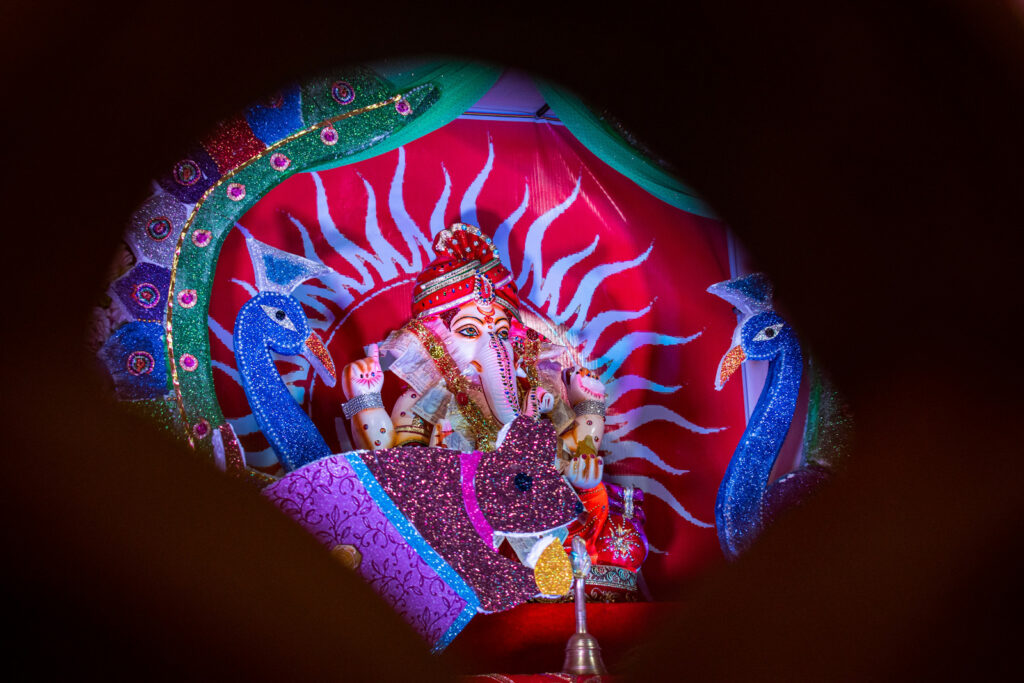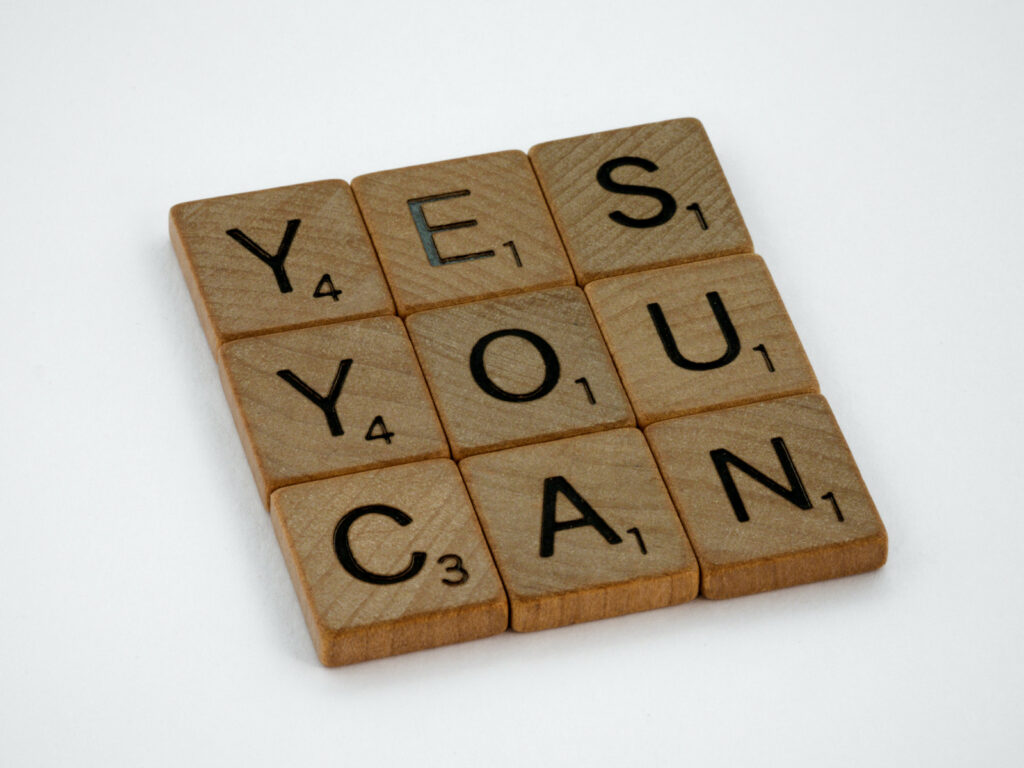Listen to this article:
Key Takeaway
Asteya, the practice of non-stealing, extends beyond material goods to include time, resources, and opportunities.
Asteya is one of the five Yamas, which form the eight limbs of yoga, a vital part of yoga philosophy. Asteya and the other Yamas are ethical restraints (suggestions on living a more virtuous life).
The Yamas advise us on how to handle situations on and off the yoga mat and treat ourselves and others. In this article, we’ll look specifically at the third Yama, known as Asteya.
Discover the true Asteya meaning in this insightful article. Explore how to integrate its teachings into your contemporary lifestyle for greater integrity and fulfillment.
Contents
Asteya Meaning In The Yoga Sutras

The Yoga Sutras by Patanjali are a collection of almost 200 teachings (known as sutras), which detail how to practice yoga. However, this ancient text is not about mastering the crow pose or handstand. Instead, the sutras are about how we need to act in the world to experience union with the divine, which is the real goal of yoga.
One of the most prominent teachings in the Yoga Sutras is the eight limbs of yoga, which is essentially a path to enlightenment. The first limb is the Yamas, moral codes, and suggestions on how to be a kind, compassionate and mindful human being.
Asteya is listed as the third Yama and translates to non-stealing. When you first hear this term, you may think, “well, this one is easy; you just do not steal things from others.” However, there are many layers to the meaning of non-stealing Asteya. It does not only mean not stealing material possessions from others but refraining from stealing anything that does not belong to you. This can include time, resources, health, and happiness.
Asteya also extends far beyond the surface level of your local community. Unfortunately, our modern culture constantly steals from the environment to benefit humankind, taking the lives of millions of animals in the process and depleting our vital natural resources.
Furthermore, we can also steal from ourselves. For example, whenever we procrastinate, we are stealing time from ourselves, whenever we hold ourselves back from taking a chance, we are stealing opportunities from ourselves, and so on.
The other four Yamas are:
- Ahimsa (non-violence)
- Satya (truthfulness)
- Brahmacharya (celibacy or’ correct use of energy)
- Aparigraha (non-coveting or non-greed)
How To Practice Asteya In Daily Life

Respect others’ time
In our fast-paced society, time is money; therefore, no one likes it if someone wastes their time. Even so, we can unintentionally waste someone’s time by arriving late to a meeting or appointment or canceling things last minute.
Of course, these things are sometimes unavoidable and out of our control. However, in many cases, we waste others’ time by simply not being respectful.
Practicing better time management can help us stop stealing time from others. For example, scheduling events and appointments in a calendar or diary and setting alarm reminders can make a huge difference.
Another reason we end up wasting others’ time is that we take on too much and say yes to something when we should say no. For example, if someone asks us to speak at an event, we may feel obliged to say yes even though we know we are already busy that day.
This can lead to us canceling or turning up late because of our inability to set healthy boundaries. Therefore, by being honest with ourselves about how much we can handle, we can also create an honest relationship with the other person.
Be careful not to steal others’ peace and joy
Whether we realize it or not, we can sense the energy of others, and they can detect ours too. Perhaps you have had the experience before where someone has walked into a room, and you immediately felt the energy shift, but not in a good way.
Unknowingly, you can do this to others when we do not deal with our negative energy. We can then transfer it to others through complaining, putting others down, or generally being pessimistic.
If you feel particularly stressed or negative, take some time to deal with that before interacting with others to prevent stealing their peace and joy. Take a few deep breaths or do a short meditation to connect to the present moment and gain more awareness of the feeling, allowing it to subside.
Take care of the environment
Although humankind has already rapidly depleted the world’s natural resources, such as destroying 64% of the world’s tropical rainforest, there is still hope. By making more environmentally-friendly choices, you can reduce how much we, as a species, steal from the environment. Living a more sustainable life can help to create more resources and reverse the damage that has been done.
There are many things you can do to help take care of the environment, such as:
- Recycling
- Reducing plastic usage (e.g., using reusable grocery bags)
- Walking more and driving less
- Buying second-hand and donating used goods
- Practicing minimalism by only buying what you need
- Switching to renewable energy
- No wasting food
- Investing in eco-friendly technology
Practicing Asteya towards yourself and others in your community is the first step to following this Yama. However, when you practice it on a global level, you extend the benefits of Asteya beyond your own life, helping to bring more peace and balance into the world.
Follow a vegan or vegetarian diet
Part of respecting the environment means allowing animals to live in harmony. However, unfortunately, we steal animals’ lives on a large scale in various ways. For example:
- Deforestation steals the lives of 5 million animals each year.
- Animal testing kills over 100 million animals yearly.
- Animal agriculture (breeding animals for meat) results in the unnecessary deaths of a staggering 72 billion animals each year (that’s 200 million every day).
With statistics like that, it’s clear that one of the most significant ways we can practice Asteya is by reducing animal suffering and slaughter. Therefore, it is no surprise that more and more yoga practitioners are switching to vegan or vegetarian diets.
By eliminating animal products from your diet, you will be practicing Asteya non-stealing and Ahimsa non-violence. Plus, by taking the stand against harming animals, one person alone can make a surprisingly big difference in the environment.
According to the LA Times, making one 1/3-pound burger requires 660 gallons of water. Therefore, The Beet says that going vegan for just one month can save 620 pounds of harmful carbon emissions, 913 square feet of rainforest, and 33,481 gallons of water. This is not even taking into account the health benefits of switching to a plant-based diet (which you could argue that by eating meat, you are stealing your health).
Practicing Non-Stealing Towards Yourself

Practice abundance
One root cause of stealing in any form is a scarcity mindset. If you feel you do not have enough, you will envy what others have and develop a strong desire to have more material things. Therefore, practicing abundance is one way to follow Asteya non-stealing, as you will learn to focus on what you have rather than what you don’t have.
With a mindset of gratitude and abundance, you’ll be able to let go of your “artificial needs.” This will allow you to discover that nonmaterial richness exists and is much more satisfying than having all the resources and material things.
To create an abundant mindset:
- Start a gratitude journal, writing down three things you feel thankful for daily.
- Repeat the mantra “I am enough” or “I have enough” every morning or whenever you feel a desire to have something that someone else has. Alternatively, listen to a Abundance affirmation meditation while you sleep to help reprogram your mind.
Work on your self-worth
One thing we can steal from ourselves is opportunities. For example, suppose we have a negative image of ourselves and struggle with self-belief. In that case, we might find it difficult to take chances outside our comfort zone, such as applying for a new job or promotion. As a result, we hold ourselves back, self-sabotage, and prevent ourselves from accessing our potential.
We can work on building our self-worth and self-esteem with practices like yoga and meditation. Self-study exercises like journaling on what you are good at and past accomplishments can also be beneficial, along with positive affirmations such as “I am capable of great things.
Asteya In Yoga Practice

We can also practice non-stealing in a yoga class or during personal practice at home. Here’s how Asteya non-stealing can apply on the yoga mat.
Practice patience
One way we can steal from ourselves in yoga practice is by trying to master asanas before we are ready. It’s easy to look at the yoga teacher and more advanced students and wish our bodies looked the same as theirs during the postures. However, this desire can lead us to attempt challenging poses that are body is not prepared for or we are not ready for.
Aside from potentially hurting ourselves, wanting to or expecting to be able to perform every yoga pose perfectly immediately is stealing. Mastering asanas takes years of practice and effort; most likely, even your yoga teacher cannot do every pose perfectly. Therefore to practice non-stealing and non-violence, focus more on the journey rather than the destination.
Ask yourself, “what is my body able to do at this very moment.” Then, stay connected to your body, listening for signs of pushing yourself too far, and pull back when needed, accepting and honoring the perfectly imperfect reality.
You can also record your progress by noting how your body felt during each class and what postures felt more accessible. This will show you how you progress each day and remind you that patience pays off.
Practice with your eyes closed
Another way you can become less competitive during your yoga class is to keep your eyes closed as much as possible. Doing this will remove your focus from what others are doing, what they have, or how their body looks and allow you to internalize and go deeper into your practice.
By closing your eyes, you’ll minimize external stimulation and distractions. This will help you connect more to the present moment, and your breath and better explore your bodily sensations. If closing your eyes is too difficult, try keeping your gaze (Drishti) fixed on a neutral object, like a wall.
Asteya and the Essence of Plenty
Practicing Asteya extends beyond refraining from taking what does not belong to us. It involves nurturing a mindset of abundance. When we view the world and our lives through the lens of abundance, our perspective shifts. We come to realize that there is plenty for everyone. This shift in mindset is essential for grasping the concept of Asteya.
Many individuals operate from a mentality of scarcity, fearing that resources are limited. This fear often drives them to acquire more than is necessary. However, embracing abundance entails trusting that we possess resources and believing that others do too. This belief influences our behavior, fostering generosity and reducing the inclination to take what is not rightfully ours.
To foster this spirit of abundance, begin by acknowledging the aspects of your surroundings—whether it’s the love within your family or the natural beauty, around you. Recognize that these forms of wealth are inexhaustible; they do not diminish over time. By focusing on gratitude for what we have, we diminish the desire to take from others—an aspect of integrating Asteya into our daily routines.
Asteya and Digital Wellbeing
In the era of technology, we often fail to realize how Asteya relates to our habits and digital interactions. It’s a subject that isn’t widely discussed but is becoming increasingly important.
Our continuous use of gadgets and social platforms can result in a type of theft that we seldom acknowledge. We end up stealing not only our time and mental peace but also those around us by being physically present yet mentally distant.
When we spend hours scrolling through media, we’re not just robbing ourselves of time. We may also be stealing happiness and serenity by comparing our lives to the curated posts of others.
This comparison can trigger feelings of inadequacy and dissatisfaction, which goes against the essence of Asteya, which encourages us to find contentment and appreciate what we have.
Furthermore, the digital trail we create can unknowingly infringe on the rights of others. Sharing content without attribution or permission deprives the creators of their due acknowledgment and respect for their efforts. This modern form of theft is something Asteya reminds us to be mindful of.
Embracing wellness entails establishing limits on how much time we spend using our electronic devices.
Being mindful of our activities is important, so make sure that we don’t let excessive screen time take away from our real-life interactions and relationships. It’s also crucial to act when sharing and viewing content online, showing respect for the efforts and rights of others.
By incorporating the principle of Asteya into our wellness practices, we can nurture a connection with technology. This not only enhances our well-being but also acknowledges the value of time, energy, and contributions made by those around us and the creators in the digital realm.
Final Thoughts

The third Yama Asteya asks us to look for happiness within ourselves and appreciate the things we have in the present moment, rather than desiring more. It also encourages us to look at what we could be stealing without knowing, such as time, opportunities, or even the lives of other species.
Pop quiz! 🧘🤔
Asteya translates directly to non-violence.
Asteya is the third Yama in the eight limbs of yoga.
Practicing Asteya only involves refraining from stealing physical objects.







